About two years ago I saw a snapshot of a DIY turkish spindle on Ravelry. It inspired me to build something that I like to call paleo spindle for myself. Of course I have no proof that something like that was actually used in the Paleolithic but I would imagine that it is quiet possible considering that it’s build from stuff readily available in nature and does need nothing more than stone age tools. A proper archeologist might curse me for my amateur guesswork. But who knows? Neither wool nor a wooden spindle would have survived 40,000 years in the ground. 😉
Living in a big city with few twigs lying around and not wanting to desecrate the local public parks I used cherry twigs left over from our easter bouquet that I left to dry out on our terrace.
If you make a turkish spindle after this tutorial I would be really happy to hear about it/see photos. (Damned curiosity. ;))
I wrote this tutorial because I spun with my selfmade turkish spindle during the Tour de Fleece and got a lot of questions about how I made this beautiful spindle via private messages. For a tutorial in german language look here.
Spinning with the paleo spindle
Cherry wood is maybe not the best choice because its relatively light weight. So spinning is a bit annoying at the start but gets better when the turkish spindle gains weight from the spun yarn. If you build one yourself you might use wood a bit heavier.
By now I really love it and I admit I’m also a bit proud of it. I like the way it works and I can spin a nice thin and even yarn with it.
Material (use the measurements as rough guide only):
seasoned wood (1 shaft: 28cm long, 7mm diameter
4 twigs for the whorl arms: 18cm long, 5.5-6mm diameter)
pocket knife
sand paper
small round file
yarn leftovers
garden shears or small saw
measuring tape
Construction guide
- Measure the twigs and cut them to length with the garden shears or saw.
- Remove the bark and even out the twigs with the knife.
- Smooth out the twigs with the sand paper especially at the ends.
- Use the round file to make 2 little notches into the opposite sides of the shaft about 3cm from the lower end. Do the same at 3.5cm from the lower and but shifted by 90°. Those notches help keep the arms of the whorl in place.
- 2-3cm from the upper end of the shaft you make a deeper notch with the knife and even it out with the file. This notch keeps the loop of yarn safely in place while you spin.
- Take a pair of whorl arms and tie them together at one end, put the shaft in between and then also tie them together at the other end. Do the same with the second pair of whorl arms. Adjust both pairs to sit crosswise in the little notches at the lower end of the shaft.
- Done and ready to spin.

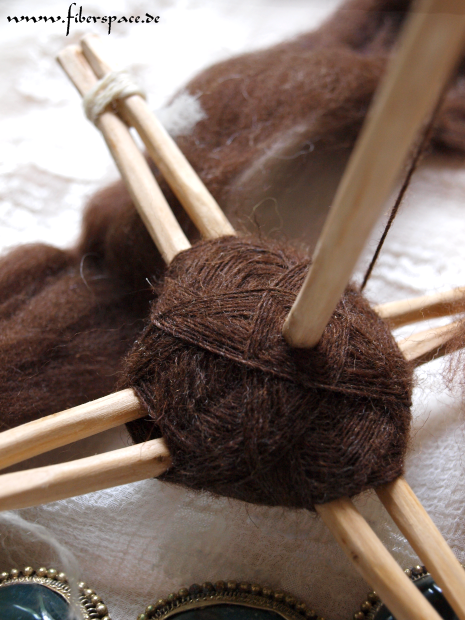
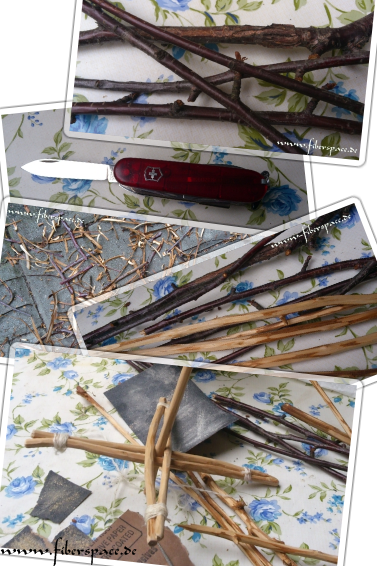


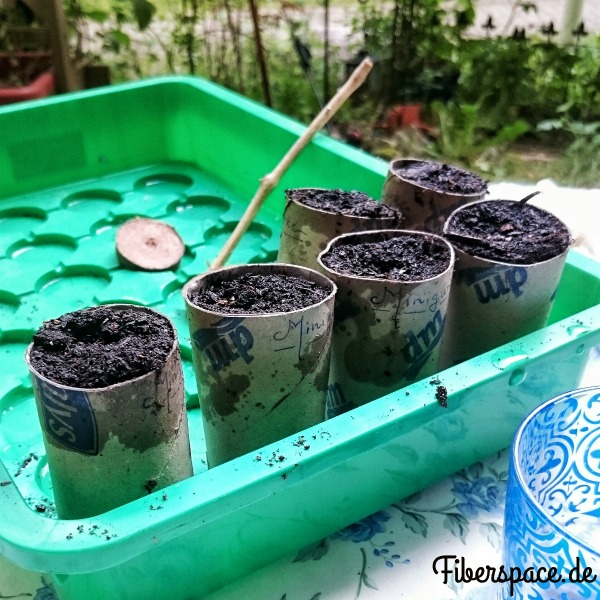
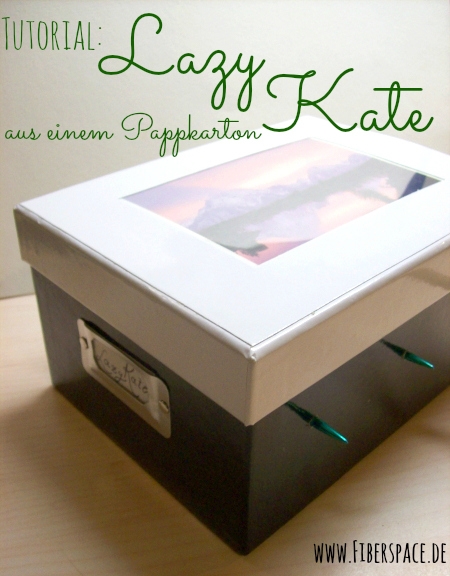
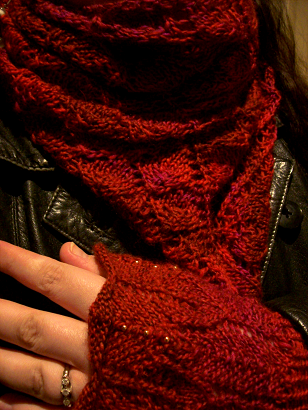
What a great tutorial!
This is great! I am looking at this on a phone and thought that the cross sticks were take out chop sticks. I might try that with the center piece black anything from my yard. A mix of urban and natural.
@Kelly – Thanks for your feedback. 🙂
@crowjyne – I wish you a lot of fun with building your own paleo-spindle. Btw. chopsticks are really a nice idea if there are only crooked shafts available.
I make one with chopsticks that is similar to yours.
It can spin, But I cannot spin correctly and the string cannot wire itself like your.
How to spin a Turkish drop spin ?
Even after watch tutorial video on you tube, I still cannot.
Hi JwanJwen – Maybe there is a misunderstanding? The yarn doesn’t wind itself on the spindle. You spin your wool – really similar to a normal spindle and you must wind the cop by yourself. Search for „winding on a tirkish spindle“ on youtube. If you are still in doubt, feel free to send me a mail with photos. Greetings from Berlin. 🙂
The beauty of a turkish type spindle is that it can be easily dis-assembled while the yarn ball stays intact, eliminating the need to re-wind your ball. Does this spindle have the ability to remove the shaft or the arms by simply sliding them off? (it seems the notches that hold them in would prevent them from being taken apart in this way.)
@Laurel – Uhm, yes…? I really know what makes a turkish spindle special. Loose the bindings after you are finished with spinning. After this you shoul be able to extract the twigs with some careful twisting and rocking.
How funny. I recently taught two beginning spinning classes. We started out making what one student called ‚MacGyver Turkish spindles‘. We used a dowel, some skinny popsicle sticks and hair ties.
Ha ha! That’s a good name for this. I always say to my pupils that you can spin with everything, even a potatoe. To macgyver something together is in germany (for real fans of the series) also in use. 🙂
Thank you so much for sharing, I will try this!! And I will try to share pictures with you